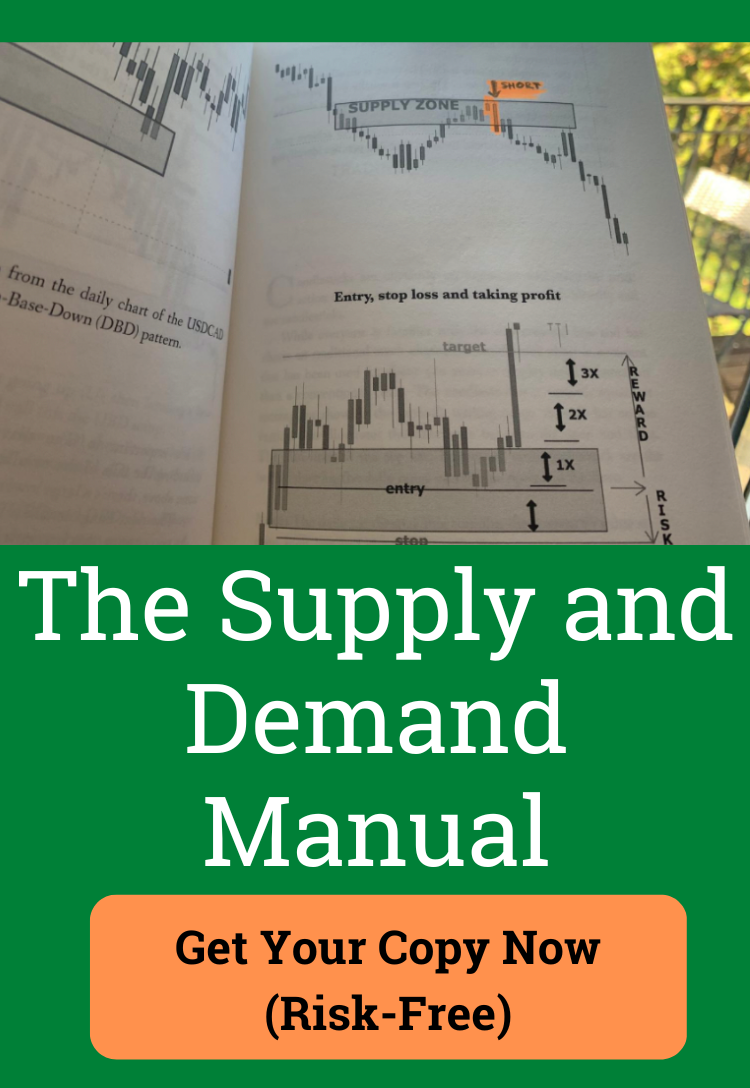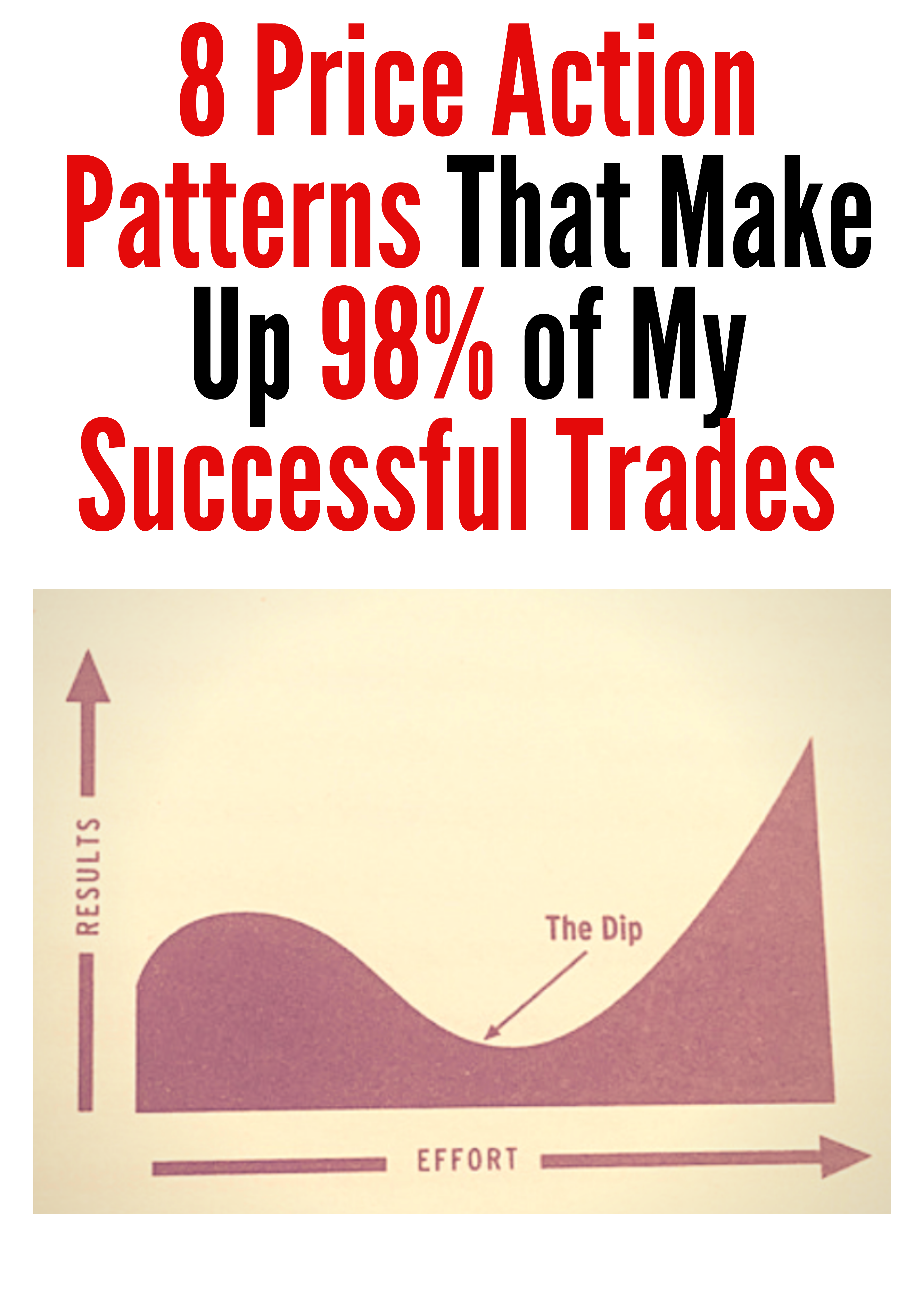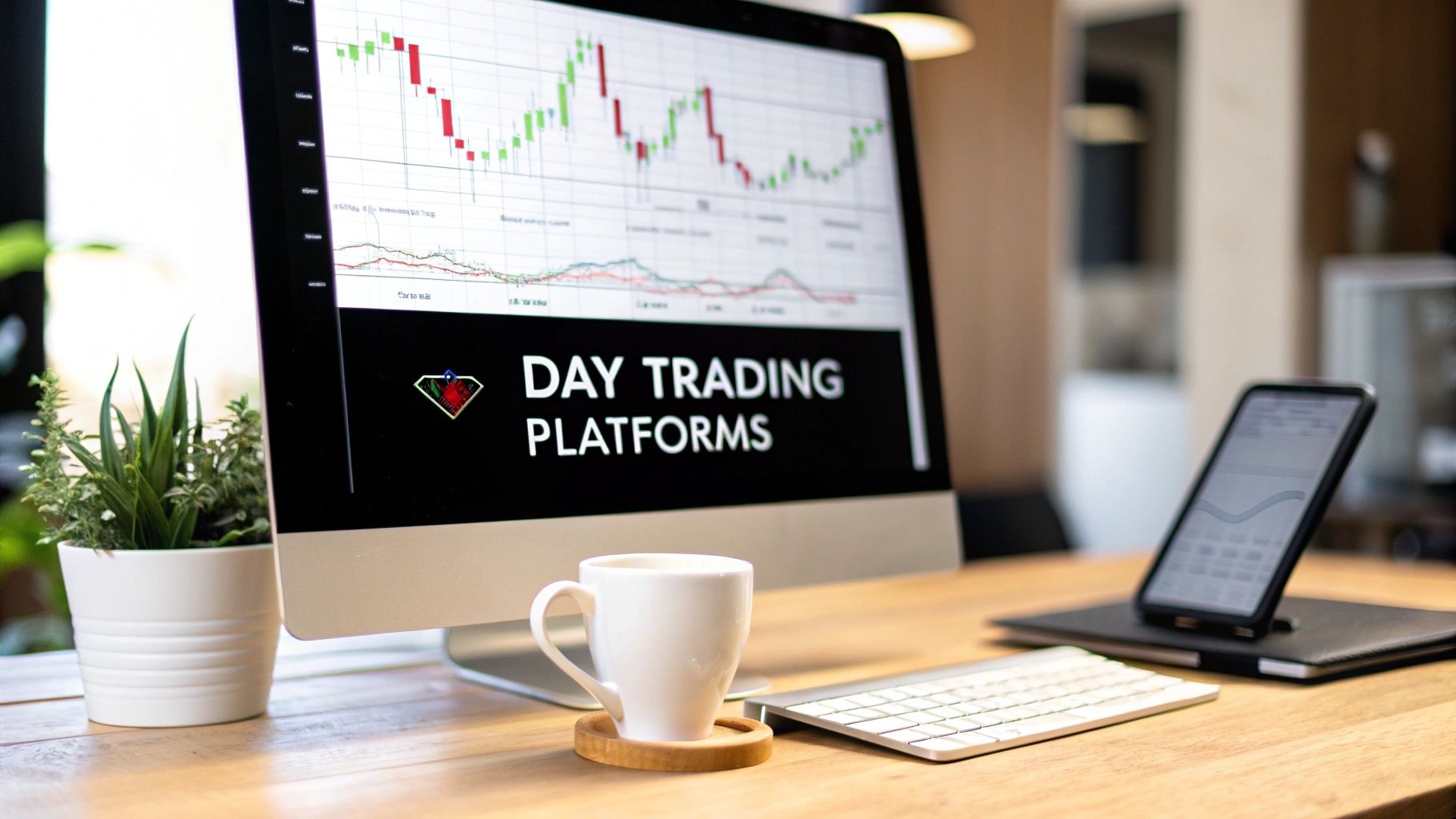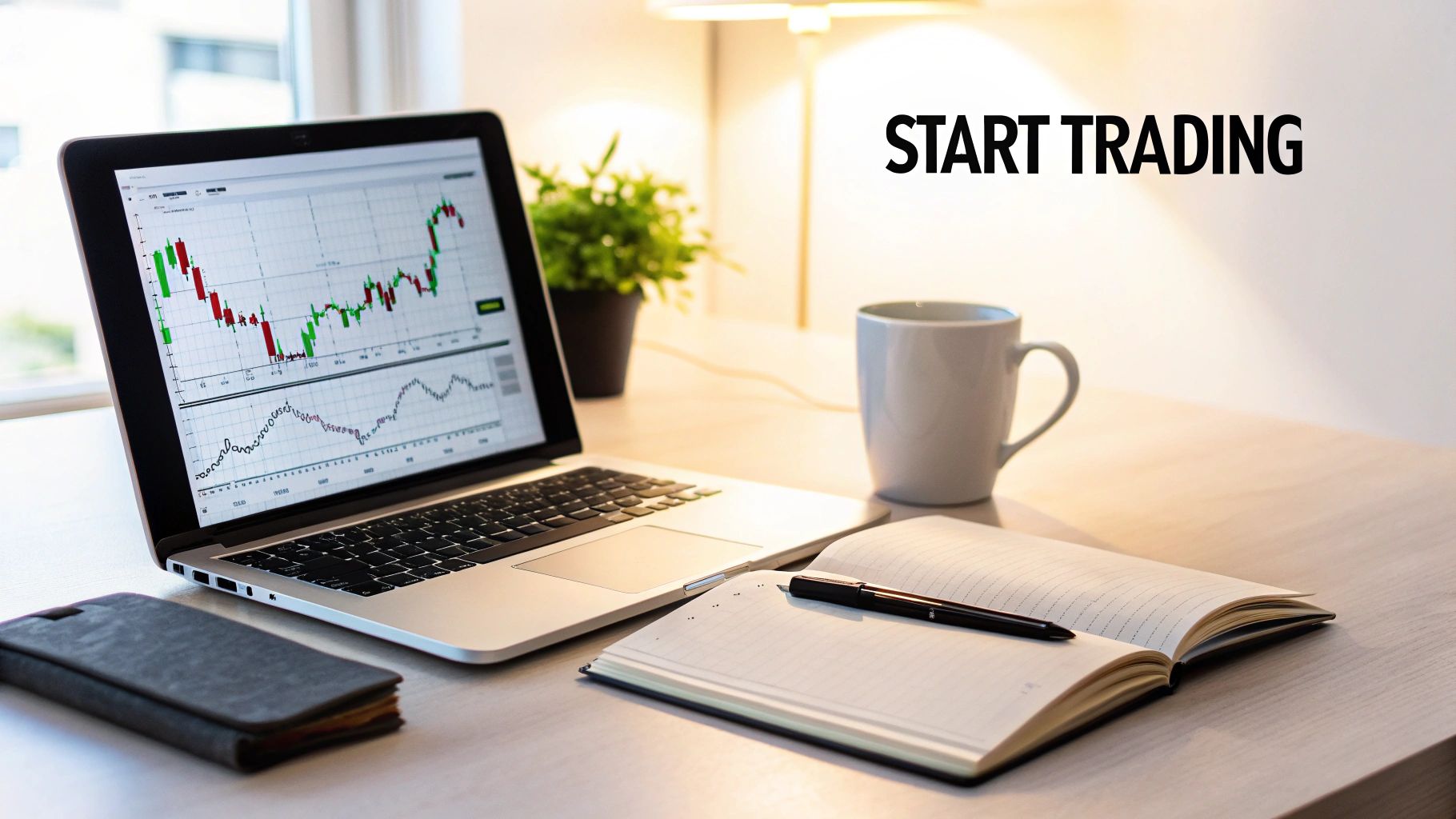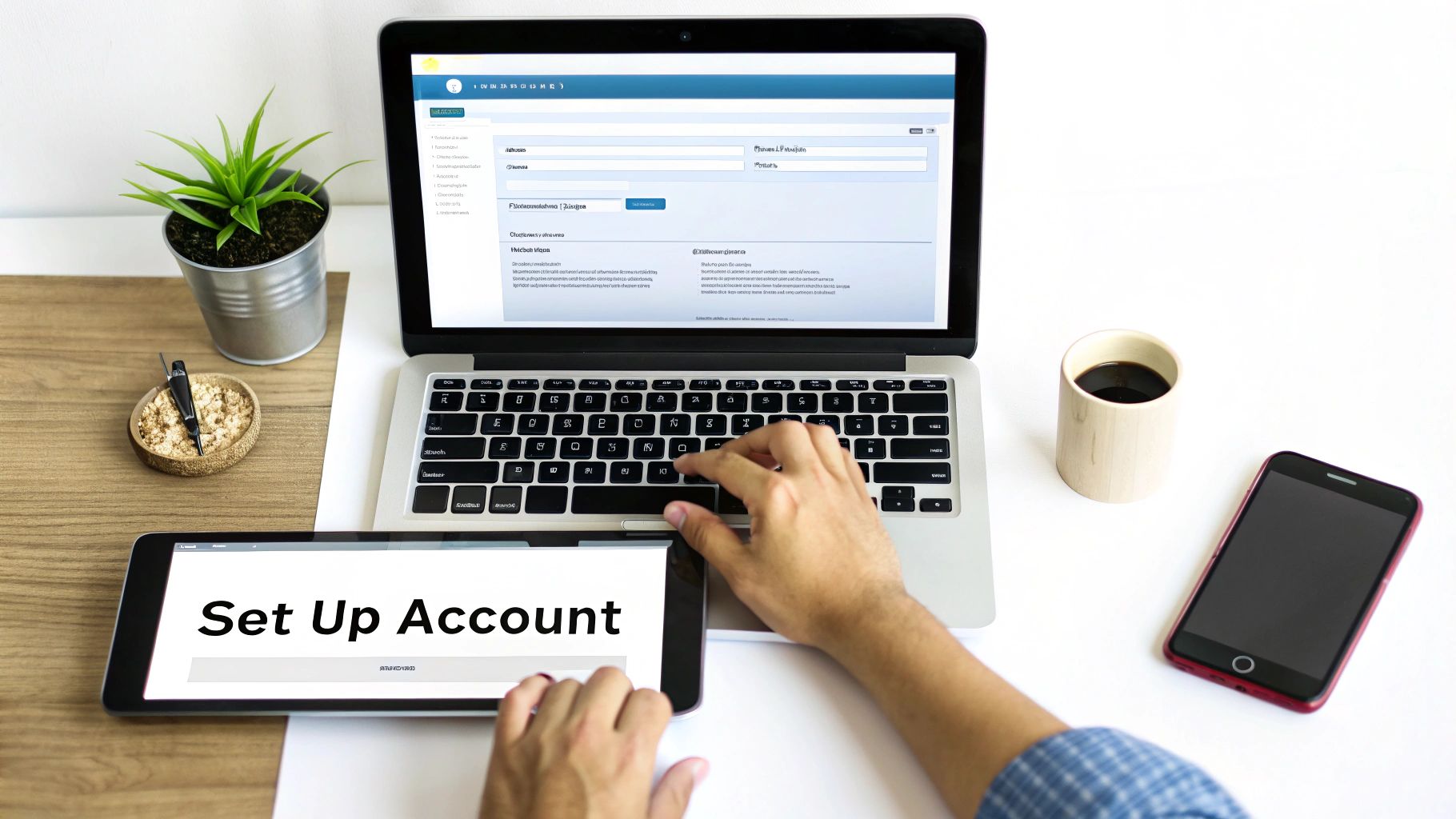Best Day Trading Platforms for Beginners
Picking the right day trading platform for beginners is a huge first step, and the best ones always put a simple interface, solid paper trading, and low costs front and center. Platforms like Webull and Interactive Brokers Lite are popular for a reason—their straightforward design and commission-free models make them a great place for new traders to start.
Your First Step into Day Trading Platforms
Diving into day trading can feel like a lot to take on, but the right platform makes the whole process so much simpler. Don't just think of it as a tool to place trades. It’s your command center for learning, analysis, and execution. The best platforms for beginners act like a guardrail, shielding you from unnecessary complexity while still giving you the core features you need to grow.
Of course, the right mindset is just as important as the software you pick. Discipline, a clear strategy, and realistic expectations are the real foundation of a lasting trading career. Success isn't about finding some magic-bullet platform; it's about using a simple, effective tool to consistently apply your trading plan day in and day out.
The Power of Practice
Before you risk a single dollar of your own money, the most valuable feature any platform can offer is a simulated or "paper trading" account. This isn't just a friendly suggestion—it’s an essential training ground.
Using a demo account allows you to:
- Build muscle memory: Get comfortable with the platform's layout, order types, and charting tools without the pressure of real financial risk.
- Test your strategy: You can validate your price-action approach against live market conditions, fine-tuning your entry and exit points.
- Understand market dynamics: It gives you a feel for the speed and volatility of the market, helping you build the emotional toughness required for live trading.
A classic mistake is jumping into live trading way too soon. Spending at least a month in a simulated environment can be the difference between burning out early and making long-term progress. Treat your paper account as if the money were real to build good habits from the very beginning.
What to Look for from the Start
Platforms built for beginners are fundamentally different from those designed for seasoned pros. A professional trader might need complex algorithmic tools and direct market access, but a beginner thrives on clarity and support.
When you're weighing your options, always prioritize simplicity over a dizzying number of features. For a more detailed walkthrough on getting set up, you can learn more about how to start day trading in our comprehensive article. Your goal right now is to find a platform that supports your learning curve, not one that makes it even steeper.
Must-Have Features for New Traders
Not all day trading platforms for beginners are cut from the same cloth. It's easy to get drawn in by the flashy ones, packed with a thousand indicators and complex order books. But for a new trader, all that noise just creates confusion.
What you really need is simplicity and function. Forget the overwhelming, professional-grade tools you won’t even touch for the first year. Your job is to find a clean, intuitive platform that lets you focus on the market, not on fighting the software.
A cluttered interface is your enemy. From the moment you log in, you need a platform that feels organized and lets you find what you need without a treasure map. Think clear pathways to place trades, pull up charts, and check your open positions. A game-changer I’ve seen for many visual traders is drag-and-drop functionality, letting you set your stop-loss and take-profit orders right on the chart.
Core Tools for Price Action Trading
Beyond just a clean layout, a few non-negotiable features form the bedrock of a solid platform for a price-action trader. These are the tools you'll use every single day to analyze the market and manage your risk.
- Real-Time Market Data: Trading on delayed data is like trying to drive while only looking in the rearview mirror. It’s a recipe for disaster. Make sure the platform provides Level 1 real-time quotes, showing the live bid and ask prices.
- High-Quality Charting Tools: You need clean, responsive charts. Period. You should be able to draw trendlines, mark support and resistance levels, and add basic moving averages without digging through ten sub-menus.
- Customizable Layouts: This is crucial. Your ability to arrange charts, order entry windows, and position monitors in a way that makes sense to you is how you build an efficient workflow.
A great setup I often recommend is finding a platform that integrates directly with a powerful charting engine like TradingView. This often gives you the best of both worlds—a simple broker interface with absolutely top-tier analytical tools.
The Ultimate Practice Environment
This might be the single most important feature for any new day trader: a paper trading account. This is your sandbox. It's where you test strategies, learn the platform's quirks, and get a feel for market volatility without risking a single real dollar.
A good paper trading account isn’t just a toy; it should mirror the live trading environment as closely as possible, using real-time data. This is how you build real confidence and competence before putting your hard-earned capital on the line.
Practice becomes even more critical when you consider hurdles like account minimums. In the United States, the Pattern Day Trader (PDT) rule is a big one. It requires you to keep at least $25,000 in your account if you want to make more than three-day trades in a five-day period in a margin account. This rule stops a lot of new US stock traders in their tracks, which makes a robust practice account absolutely essential while you build your capital. You can also use this time to explore markets that are exempt from this rule, like futures or forex. You can find more practical advice on the PDT rule and platform needs in various in-depth trading guides.
Finally, look for a platform that actually wants you to succeed. The best ones offer built-in educational resources—think tutorials, webinars, and market analysis articles right inside their ecosystem. This shows they’re committed to helping you grow, turning their platform from just a tool into a genuine learning hub.
Picking the right trading platform feels like a huge commitment, but it doesn't have to be. Your first platform is a learning tool. The goal is to find one that clicks with your style, not the one with a million features you'll never use.
Let's cut through the marketing noise and compare a few of the most popular day trading platforms for beginners. We'll focus on what actually matters in the real world: how easy they are to use, what they really cost, and what kind of support they offer while you're still finding your footing.
Webull: A Strong Visual Contender
Webull has become a massive hit with new traders, and it's easy to see why. Its slick mobile app and commission-free stock and ETF trading make it incredibly accessible. The whole experience is very visual and pretty intuitive, which is a lot less intimidating than some of the old-school brokerages.
For a free platform, the charting tools are surprisingly solid. More importantly, it has a reliable paper trading feature—an absolute must for practice. The one common gripe I hear? Customer service can be a bit slow. That's a big deal when you need help right now.
Fidelity: A Traditional Broker with Modern Tools
You might not think of Fidelity for day trading, but their Active Trader Pro platform is a hidden gem, and it's completely free for customers. It packs some serious punch with real-time analytics, layouts you can customize to your heart's content, and deep research tools you just won't find on most app-first platforms.
Where Fidelity really stands out for a beginner is its reputation and massive library of educational resources. You aren't just getting a platform; you're tapping into a university's worth of articles, webinars, and courses. The tradeoff is that the interface can feel a bit clunky and dated compared to the sleekness of something like Webull.
The best platform isn't just about placing trades. It's about finding an ecosystem that supports your entire learning journey, from your first paper trade to your first profitable strategy.
This decision tree gives you a simple way to think about what to look for when you're comparing platforms.
As the graphic shows, everything starts with good data. From there, you need a safe place to practice and easy access to materials that will help you learn.
Interactive Brokers: A Gateway to Professional Trading
Interactive Brokers (IBKR) has a legendary reputation as a pro-level platform, but they've made a real effort to welcome newcomers with their "IBKR Lite" plan. It offers commission-free trading on US stocks and ETFs, removing a major cost barrier.
The single biggest reason to start with IBKR is scalability. Their main Trader Workstation (TWS) software is a beast with a steep learning curve, but it's also one of the most powerful tools available. By starting on their simpler web or mobile app, you have a direct path to grow into professional-grade features without ever having to switch brokers.
But that complexity is also its biggest drawback. For someone just wanting to watch price action and learn the ropes, TWS can feel like trying to learn to drive in a Formula 1 car. It’s incredibly powerful, but maybe not the best for your first lesson. IBKR is the right call if you have serious long-term ambitions and you're ready to put in the time to learn a complex system.
Beginner Day Trading Platform Feature Comparison
To make things even clearer, let's put these platforms side-by-side. The table below breaks down the key features that matter most when you're just starting out. It’s a quick-glance guide to help you see how they stack up on the essentials.
| Platform | Stock/ETF Commissions | Account Minimum (PDT Rule) | Paper Trading Available? | Best For |
|---|---|---|---|---|
| Webull | $0 | $25,000 | Yes | Mobile-first traders who want a sleek, visual interface. |
| Fidelity | $0 | $25,000 | Yes | Traders who value educational resources and a powerful desktop platform. |
| Interactive Brokers (Lite) | $0 | $25,000 | Yes | Ambitious traders who want a platform they can grow with long-term. |
Remember, the "Pattern Day Trader" (PDT) rule requires a $25,000 minimum account balance to day trade stocks more than three times in a five-day period. This applies to all these brokers for US stock trading.
Ultimately, this comparison shows there's no single "best" platform—only the best one for you. Webull is great for a simple, mobile experience. Fidelity offers a robust educational ecosystem. And IBKR provides a path to professional-level trading. Your choice depends on what you value most right now.
Understanding the Real Costs of Day Trading
It's easy to get drawn in by the promise of "zero commission" trading. But let's be honest, that's just the tip of the iceberg. Many day trading platforms for beginners shout this from the rooftops, but the real costs are often tucked away in the fine print. If you want a realistic shot at this, you have to look past the flashy ads and understand the complete financial picture.
These hidden costs tend to sneak up on you. Sure, your stock trades might be free, but what about options? Almost every platform will charge a per-contract fee, and that adds up incredibly fast if you’re running multi-leg option strategies.
Looking Beyond Commission Fees
The costs that really blindside new traders aren't the commissions. It's the operational fees—the little things you need to trade effectively—that can eat into your profits if you're not ready for them.
Here are a few big ones to watch out for:
- Real-Time Data Subscriptions: That professional-grade, real-time market data (think Level II quotes) is rarely free. It's an absolute must for serious price action analysis, and most platforms will charge you a monthly fee for it.
- Margin Interest Rates: Trading on margin means you're borrowing money from your broker, and they're going to charge you interest. These rates can vary wildly from one broker to another and can become a huge expense if you hold positions overnight.
- Withdrawal and Transfer Fees: Getting your money out isn't always free. You'll often find charges for wire transfers or other ways to speed up your withdrawal.
But one of the most significant—and most overlooked—costs is the bid-ask spread. This is the tiny gap between what a buyer will pay for a stock and what a seller will accept. As a day trader making dozens of trades, you're paying this small cost on every single entry and exit. It's a constant drag on your performance. You can dig deeper into this with our guide on what the bid-ask spread is.
The Statistical Reality of Day Trading
Beyond the fees and spreads, you have to face the hard numbers. Modern platforms have made trading more accessible than ever, but that doesn't mean it's gotten any easier. The odds are stacked against you, and I'm not saying that to discourage you. I'm saying it to ground you in reality.
The goal of a new trader shouldn't be to get rich quickly. The primary goal is capital preservation. If you can survive your first year without blowing up your account, you've achieved a major victory.
The statistics don't lie. While day trading platforms are now more beginner-friendly than ever, success rates are still brutally low. Studies have shown that only about 13% of day traders manage to turn a consistent profit over six months. Even more sobering, a mere 1% stay profitable over five years. You can find more of these day trading statistics on Quantified Strategies.
This is precisely why a rock-solid strategy and an obsession with risk management are non-negotiable. The only way to survive in this game is to approach the market with a bulletproof plan to protect your capital. It's the only path forward.
How to Set Up Your First Trading Account
Picking one of the best day trading platforms for beginners is a huge step forward, but it’s really just the starting line. Now it's time to get your hands dirty and set up the account that will be your gateway to the markets.
This isn't just about filling out forms. It's about making a few key decisions that will absolutely shape your early trading experience.
The initial application is pretty standard no matter which broker you choose. You'll hand over the usual personal details—name, address, and social security number for tax stuff. Financial regulators require brokers to verify who you are, so have a photo of your driver's license or another government ID ready to upload.
Choosing Your Account Type
One of the first real choices you'll face is whether to open a cash account or a margin account. This decision is a big deal and directly impacts how you're allowed to trade.
- Cash Account: This is as straightforward as it gets. You can only trade with the money you've actually deposited. After you sell a stock, those funds have to "settle" before you can use them again, which usually takes two business days (T+2).
- Margin Account: This account lets you borrow money from your broker, using your stocks and cash as collateral. It's necessary if you ever want to short sell, and it definitely offers more flexibility. But it also introduces the risk of a dreaded margin call if your account value drops too low.
My advice for absolute beginners? Start with a cash account. It’s the safest path. It forces you to be disciplined and makes it impossible to trade with more money than you actually have—a classic and very costly rookie mistake.
Funding and Getting Your Bearings
Once your application gets the green light, you need to fund your account. Most brokers offer a few ways to do this, like a simple bank transfer (ACH) or a wire transfer. Just keep in mind that while ACH transfers are usually free, they can take a few business days to show up in your account.
With your account funded, the real fun begins. But hold on. Don't even think about placing a live trade yet.
Your first mission is to get intimately familiar with the platform’s paper trading feature, also known as a simulated account.
Think of your paper trading account as a flight simulator. It’s where you learn how to fly the plane—mastering the controls, understanding how orders work, and practicing emergency procedures—before you have real passengers (your capital) on board.
Spend some serious time customizing your workspace. Arrange your charts, order entry windows, and position trackers into a layout that feels natural to you. This is your command center. Building an efficient workflow is crucial for making fast, clear-headed decisions when real money is on the line.
Practice setting up different order types like market, limit, and especially stop-loss orders until it's second nature. This dedicated practice is the bridge between just having a platform and actually being ready to trade on it.
Common Questions from New Day Traders
Stepping into the world of day trading platforms always brings up a few key questions. It's a well-trodden path, and new traders often face the same hurdles. Let's tackle the most common ones head-on to give you some real clarity.
One of the first things people ask is about cost. You'll see "zero commission" advertised everywhere, but it's crucial to remember that "free" rarely means completely free. Brokers have other ways of making their money, like through payment for order flow or the bid-ask spread. Always look beyond the flashy headline number.
Another frequent concern is whether a mobile app is good enough for day trading. While they're great for keeping an eye on your positions on the go, a mobile-only setup is incredibly limiting. Serious price action analysis demands a proper screen where you can see detailed charts and manage multiple windows without squinting. Think of the app as a helpful sidekick, not your main workstation.
Can I Start Without Risking Real Money?
Absolutely, and you absolutely should. The single most important tool for any new trader is a paper trading account. This is essentially a trading simulator that uses real-time market data, letting you practice buying and selling without putting a single dollar of your own capital on the line.
Think of it as your personal trading gym. It's where you build muscle memory, test your strategies against live market conditions, and get the platform's order entry system down until it's second nature. A huge mistake is rushing through this phase. You can get a better sense of its power by understanding what paper trading is and how to use it properly.
Take your paper trading seriously. Treat the simulated money as if it were real to build the discipline and emotional control you'll need in live markets. Your goal isn't to make fake millions; it's to consistently execute your strategy, win or lose.
What Is the Pattern Day Trader Rule?
If you're trading in the United States, the Pattern Day Trader (PDT) rule is a big one to get your head around. In short, it says that if you make four or more "day trades" (buying and selling the same security on the same day) within five business days in a margin account, you'll be flagged as a pattern day trader.
Once you're flagged, you're required to keep a minimum account balance of $25,000. If your account drops below that magic number, your day trading activities will be restricted until you bring the balance back up.
This rule is a major reason why many beginners either start with a cash account (which isn't subject to the PDT rule) or focus on markets like futures or forex where it doesn't apply. It forces a more deliberate and disciplined approach right from the start.
At Colibri Trader, we provide the education and mentorship to navigate these challenges with a proven, price-action based approach. Our courses are designed to build your skills from the ground up, focusing on real-world application rather than theory. Transform your trading with a strategy that works. Start learning with Colibri Trader.


